
As the school year ends, I am reminded that my children are another year closer to college. I still remember paying off my own $30,000 in student loan debt, and now I am worried about saving up for their tuition. While I still maintain that parents should secure their own retirement needs before worrying about their kid’s college bill, what if you are doing okay and want to help out?
A Priceonomics survey of over 1,400 college graduates between the ages of 25 and 54 found on average that people graduated college initially with roughly $40,000 in student loan debt and currently still maintain a balance of roughly $30,000.
Of these college graduates, how many people receive financial help from their parents? How much assistance did they get? Here are the results.
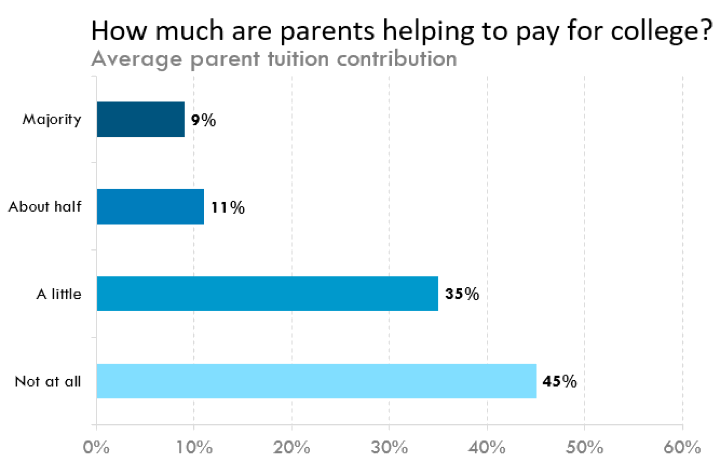
The survey also asked questions about gender, race, and the extent to which debt hindered their ability to cover daily expenses, save for retirement, or start a small business. The article focused on the differences, but overall I saw more similarities than differences. In all the cases, between 50% and 71% of people felt that their student loan debt hindered them in all three scenarios.
There are many (terrifying) projections about how much college will cost in 2035. I’ve seen numbers over $100,000 per year for private tuition/housing and $50,000 per year for public tuition/housing in today’s dollars. However, according to this survey only 9% of parents paid for most and 11% paid for half of their kid’s tuition. 80% of parents either paid nothing or “a little”. It’s hard to reconcile these two stats. Are students in 2035 really going to graduate with $100,000 of debt? Something is going to have to give.
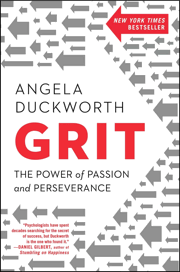
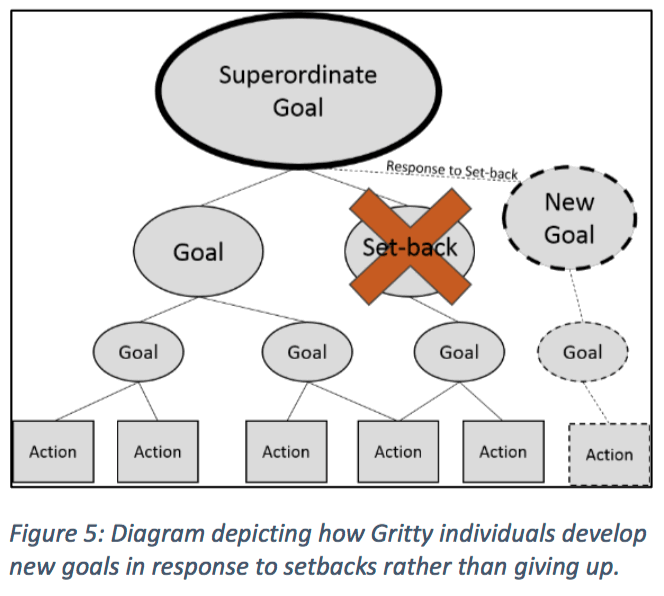
 As open enrollment season is around the corner, Morningstar offered up an
As open enrollment season is around the corner, Morningstar offered up an  The NY Times has a new essay called
The NY Times has a new essay called 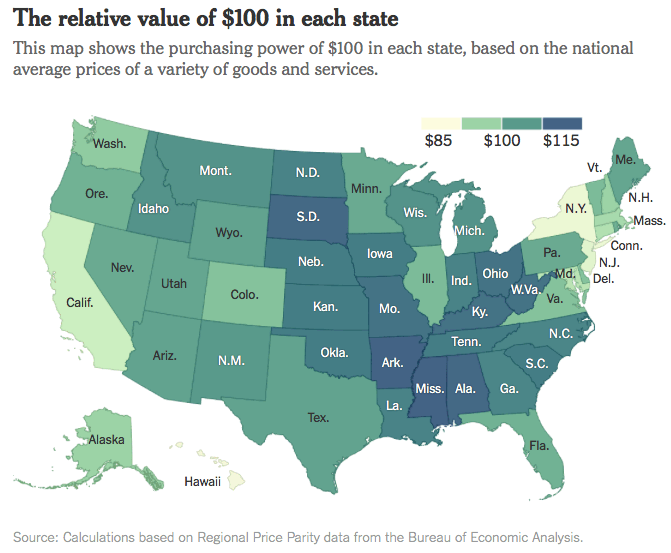
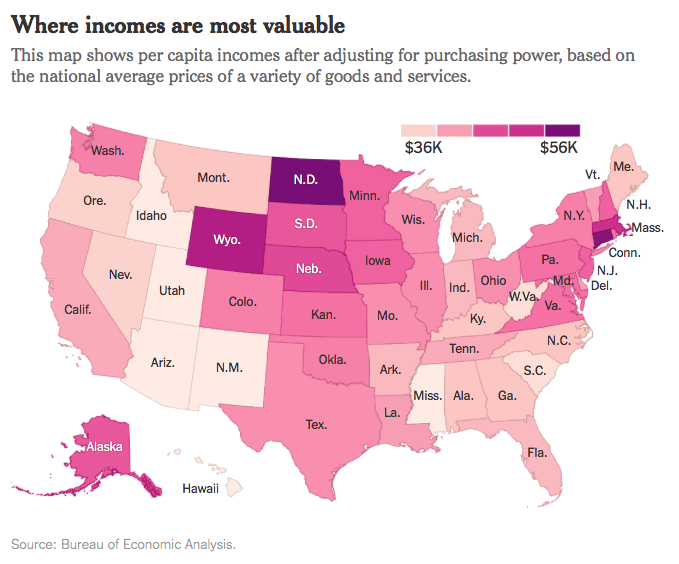
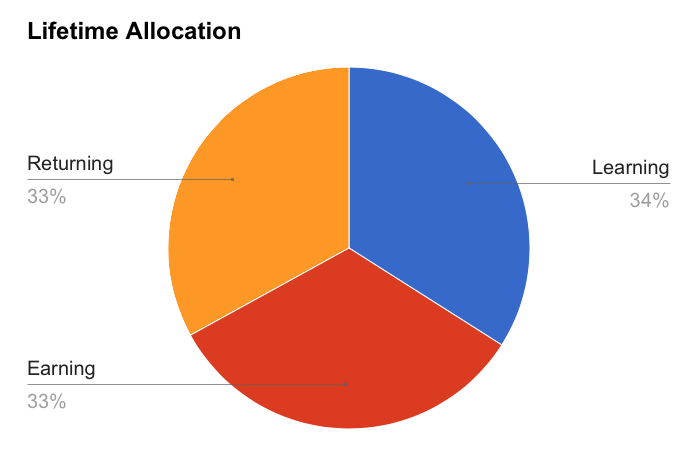
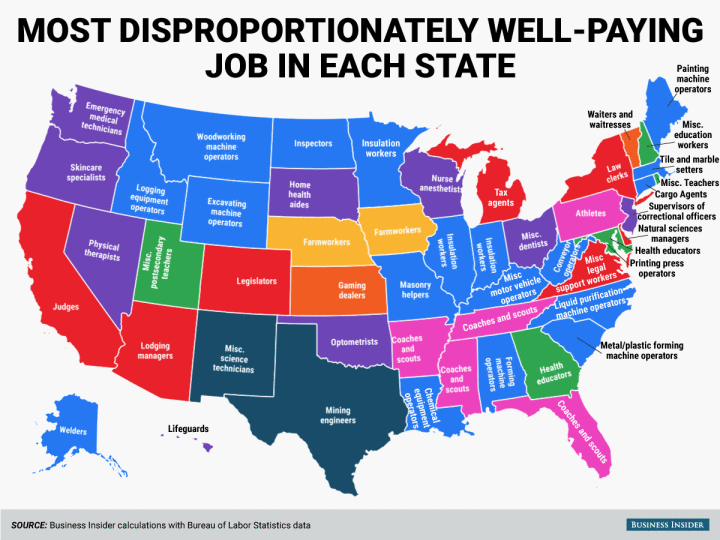
 Despite their negative media attention, the McDonald’s franchise that I drive past every day is packed all the time. I rarely eat there (especially since my
Despite their negative media attention, the McDonald’s franchise that I drive past every day is packed all the time. I rarely eat there (especially since my 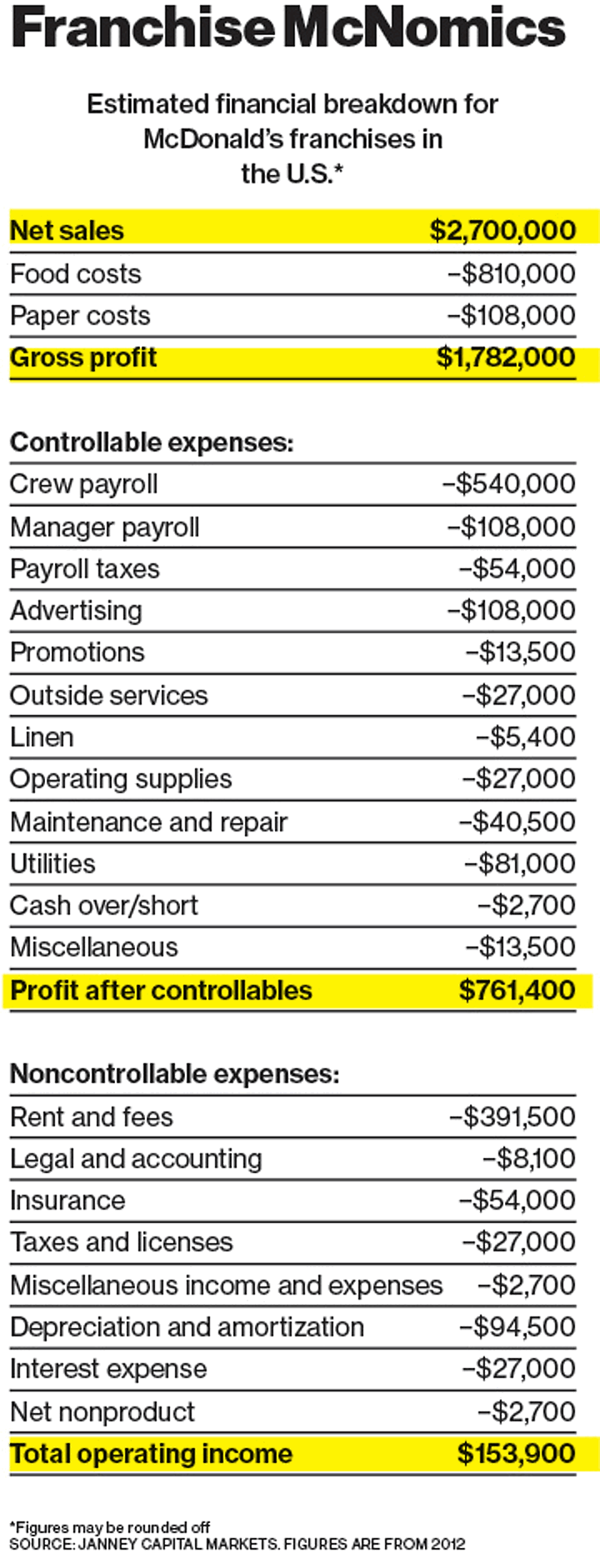
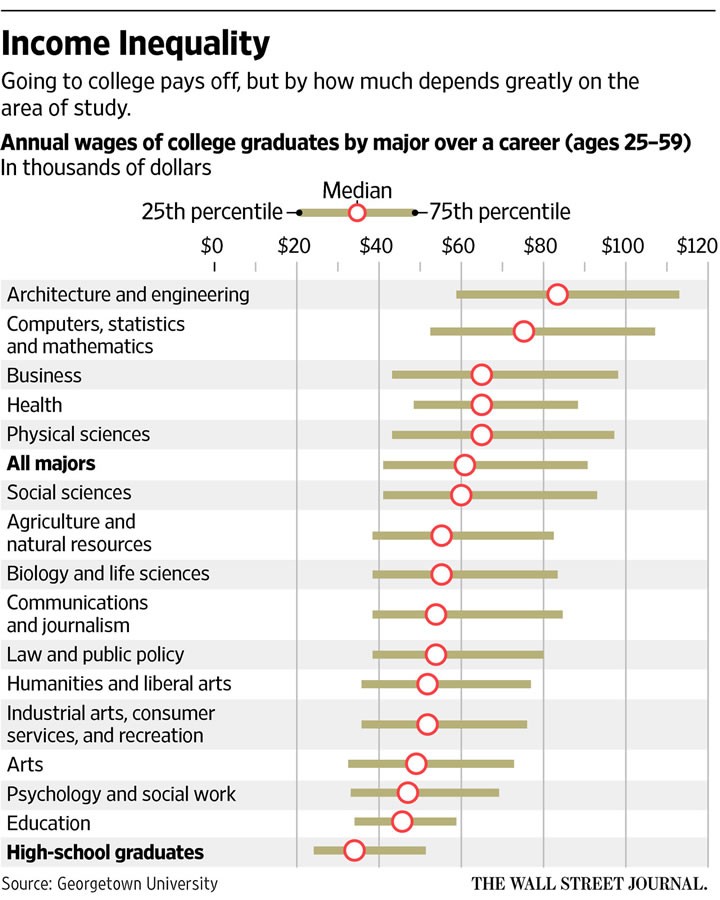
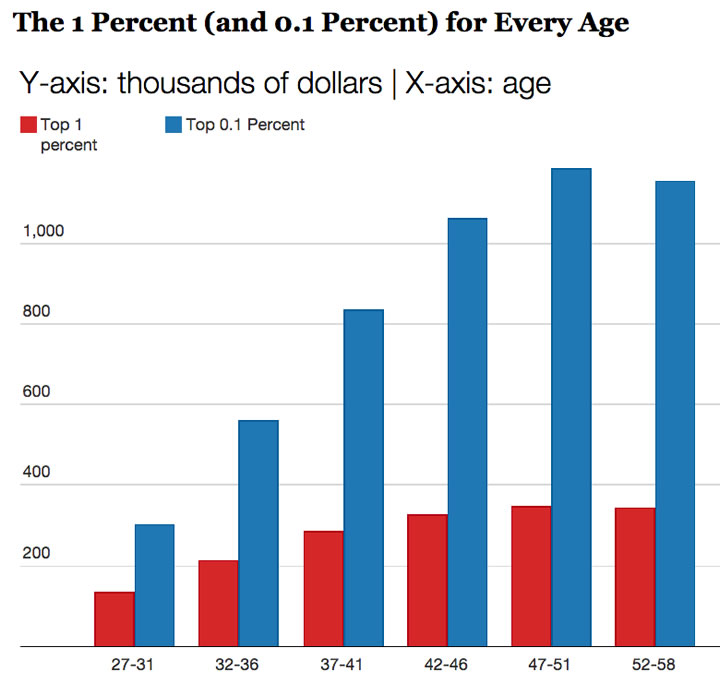
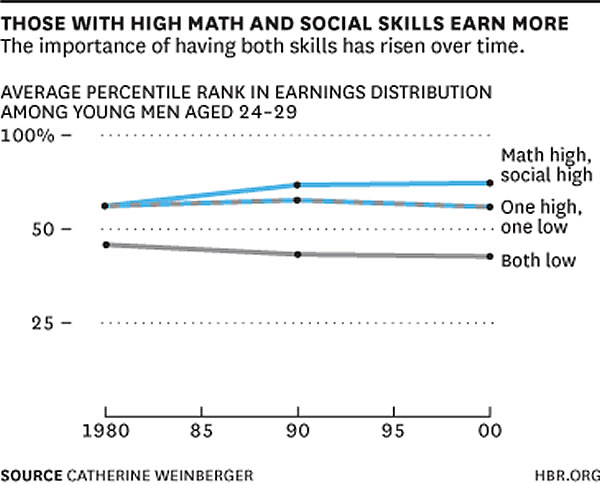
 The Best Credit Card Bonus Offers – March 2024
The Best Credit Card Bonus Offers – March 2024 Big List of Free Stocks from Brokerage Apps
Big List of Free Stocks from Brokerage Apps Best Interest Rates on Cash - March 2024
Best Interest Rates on Cash - March 2024 Free Credit Scores x 3 + Free Credit Monitoring
Free Credit Scores x 3 + Free Credit Monitoring Best No Fee 0% APR Balance Transfer Offers
Best No Fee 0% APR Balance Transfer Offers Little-Known Cellular Data Plans That Can Save Big Money
Little-Known Cellular Data Plans That Can Save Big Money How To Haggle Your Cable or Direct TV Bill
How To Haggle Your Cable or Direct TV Bill Big List of Free Consumer Data Reports (Credit, Rent, Work)
Big List of Free Consumer Data Reports (Credit, Rent, Work)